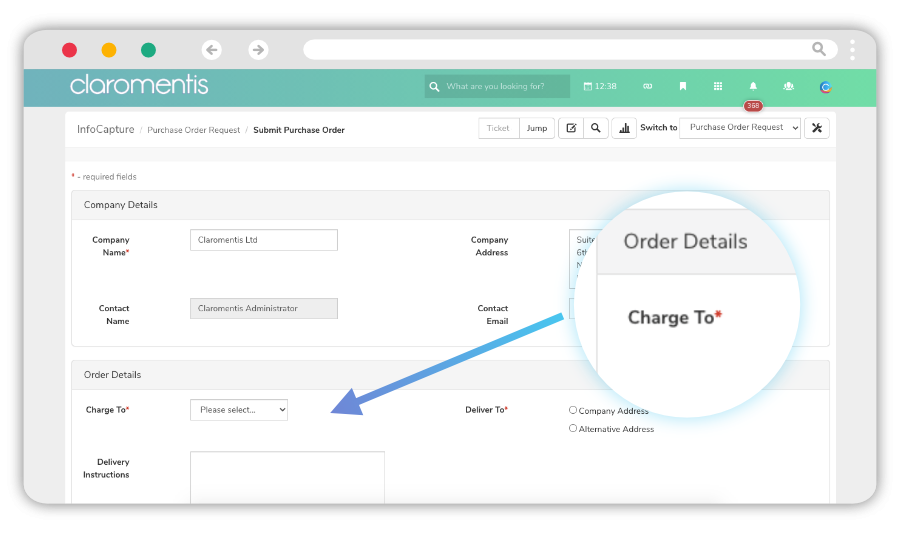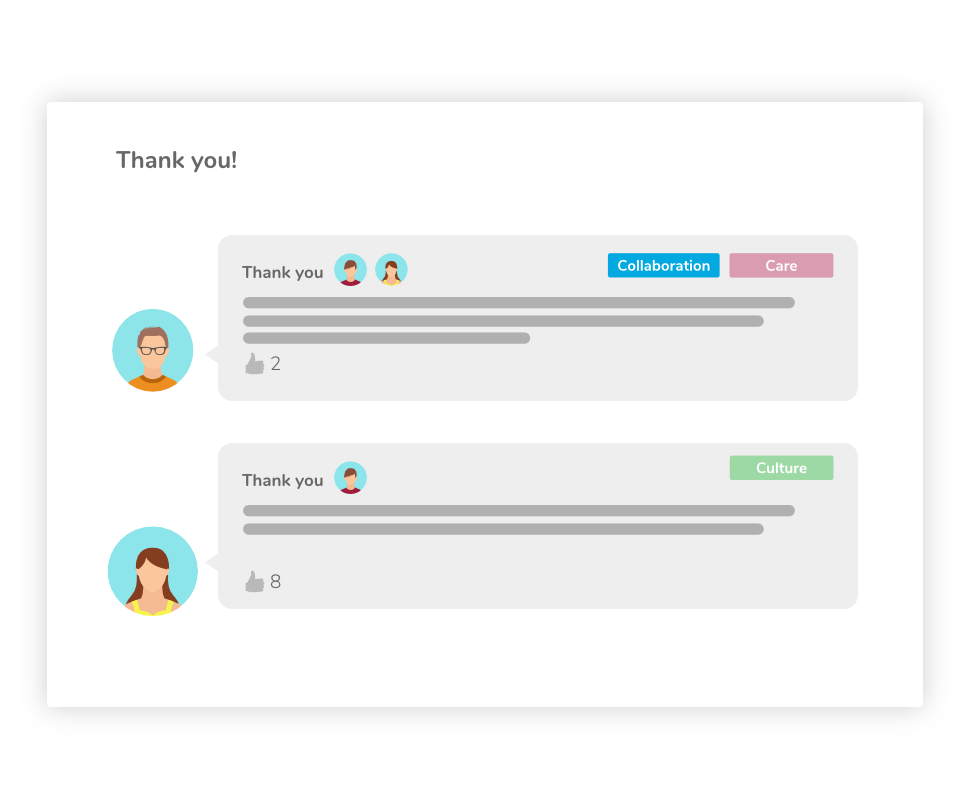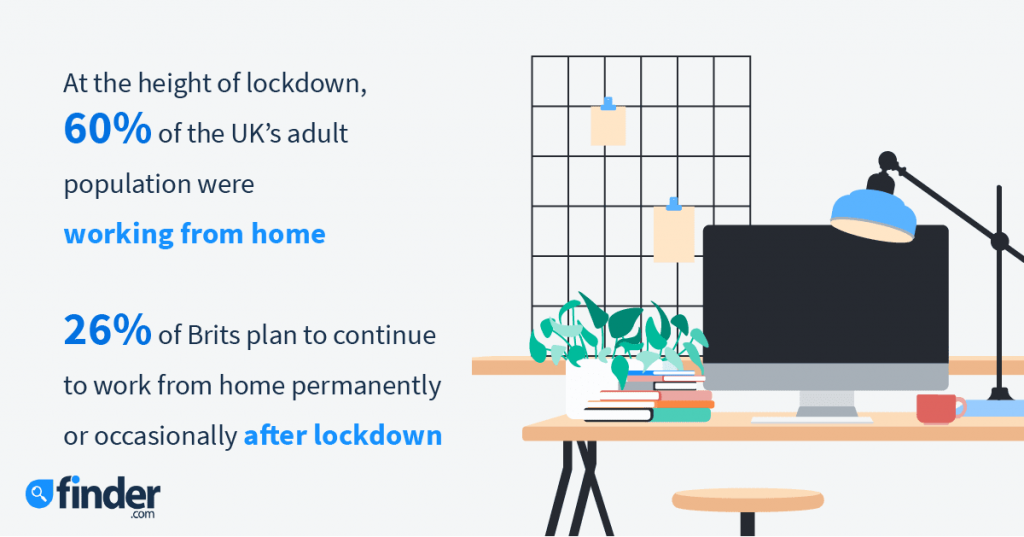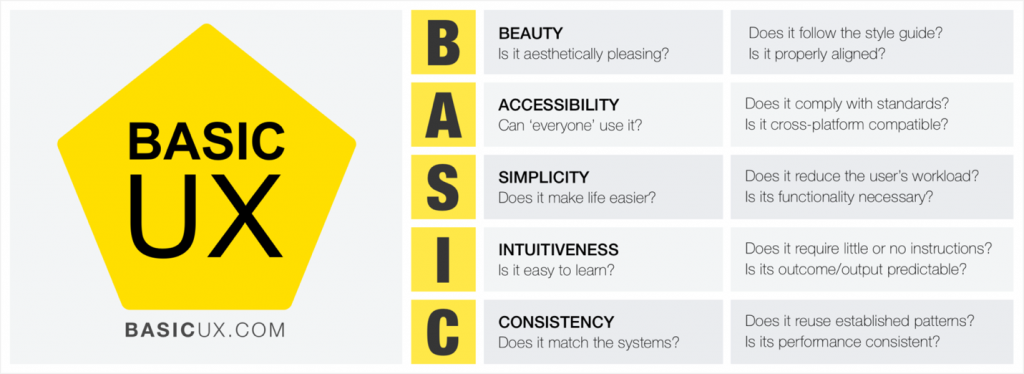A company intranet for your small business offers many major benefits to your workforce.
Small, remote teams, for example, benefit from a range of social feeds, team collaboration features and communications tools that create a highly collaborative company culture outside of a traditional office environment. Meanwhile, HR automation features can ease the load of busy, multiple-hat-wearing employees that are so often the cornerstones of small business success.
If you’re planning on investing in intranet software, or redesigning your existing company intranet software, it’s important to understand how you can create and manage it to meet your needs.
These five tips should help you get a good idea of what employee intranets can offer small businesses, what the potential pitfalls are and how best to encourage usage among employees.

1. Your company intranet can save hours of employee time
If you’re a small company, your HR team is likely a small team, too. Alternatively, you might be relying on a non-HR specialist to fulfil the role whilst taking on other areas of responsibility as well.
If you’re tight on HR resources, the last thing you need is for your employees to be held back by a sea of low-level admin. HR’s main value offering lies in building and solidifying relationships across your organisation, not chasing up holiday requests, processing paper order forms or delivering training that could be covered via e-learning modules.

Save your HR staff hours of time by automating paper forms
Automating these processes via an effective intranet solution could save your HR team hours of time each week. In fact, one 2020 report finds that workers believe they could save 240 hours per year by automating low-level administrative tasks, based on a 40-hour week.
That’s 20 hours per month, or roughly five per week – a huge amount of time per employee that could be reinvested into more meaningful HR tasks like employee engagement initiatives.
Read more about On Premise Intranet for small business
2. Keep your company intranet social but work relevant
Social intranets are engaging and useful tools. They need to be social within an exclusively professional context for them to retain the advantages they offer, however.
There are two reasons for this:
- Your employees have other tools to run their social lives. For purely social purposes, they might message each other on any number of instant messaging platforms or social media apps. An over-social intranet becomes a pale imitation of these, and usage drops off as a result.
- If your intranet becomes over social, it will become a distraction to your employees rather than a useful productivity tool. Hard working employees won’t check it because they’re too busy – and important functions like company news will be buried under low-value social posts.
As a small business, you have less room for manoeuvre here than larger companies. Ten distracted employees in a workforce of 3,000 isn’t that much of a concern. Ten distracted employees in a workforce of 100 is a major productivity drain.
By all means, allow interaction. Encourage your employees to use it to celebrate their colleagues’ successes, promote official work-related social events and build connections across the organisation. Avoid using it as a tool for day-to-day office chit-chat – there’s plenty of scope for that elsewhere.

Use social intranet tools for work purposes – such as celebrating staff achievements
3. Use your intranet solution to adapt to a post-COVID normal
The Coronavirus pandemic has fundamentally shifted how we think about work, life and the balance we strike between the two.
Comparison site Finder’s major 2021 study of the UK’s post-lockdown workforce showed that over 25% of current home workers want to continue doing so for the long term. Meanwhile, 75% of workers report increased productivity at home due to fewer distractions. This suggests that being able to offer flexible working options could make your small business an attractive prospect for job seekers whilst offering considerable productivity benefits.

(Image source: finder.com)
The question for internal communications and people experience leaders is this – how can you harness that potential for increased productivity whilst maintaining employee engagement in a remote setting?
A modern intranet platform could be the answer.
Modern intranets allow employees to easily access company information, news updates and social activity that help create a sense of belonging within an organisation – even while working remotely. This allows the workforce to remain flexible whilst creating a sense of common purpose and helping with potential issues around mental health and loneliness.
Post-COVID, this is only going to become a more prominent concern. Getting ahead and implementing a company intranet now could save you significant effort in the future.
4. Your employees won’t use poorly designed corporate intranets
When browsing websites, people tend to click away quickly if they can’t find the information they’re looking for or complete the task they’re trying to complete. On the other hand, user friendly sites draw in visitors and encourage return visits.
The same goes for your digital workplace and company intranet.
If you want your employees to interact with your business intranet software, make it easy to interact with. This involves easy-to-follow navigation, a clear site hierarchy, accessibility tools and a clean overall user experience (UX).

(Image source: medium.theuxblog.com)
Good design isn’t just a nice-to-have add-on you worry about at the end. On the contrary, it is absolutely central to getting buy-in from your employees. By extension, a well-designed intranet is central to realising the employee experience and engagement benefits on offer.
5. Your employees won’t use your company intranet unless your leaders do
As a small company, it’s likely that your leaders are more immediately visible to your employees than they would be in a larger company. They might share the same office space, for example, and potentially develop more immediate ties with those that look up to them.
A “Do as I say, not as I do” approach to intranet usage is therefore impossible. If those that purchased and implemented new intranet software are never seen using it, it’s hardly a ringing endorsement of its value.
On top of this, your employees will also want to use the intranet to build bridges with those who can further their career. In most instances, this will be more senior members of staff – and if they aren’t there, the attraction wanes.
Getting senior staff members to engage with your intranet is essential for buy-in amongst the wider workforces. Encourage execs and department heads to share news, useful articles and thoughts on best practices. Suggest that they call out good performance and congratulate other staff members on their successes too. The difference in engagement you see will be staggering.





